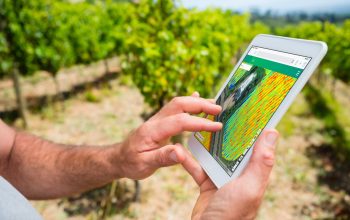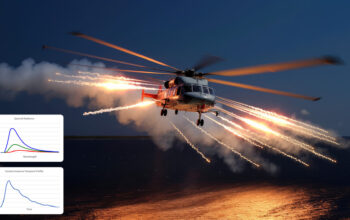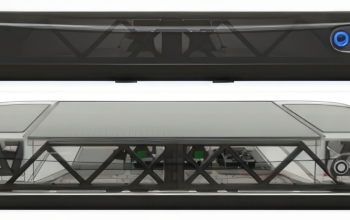Tactile Cueing System: Technology Acceleration
We accelerated the technology maturity of a Tactile Cueing System from TRL 3 to TRL 7, resulting in improved outcomes for pilots when hovering.
Challenge
An Authoritative work on US helicopter accidents highlighted that 80% of helicopter crashes can be attributed to causes other than hostility. Of these causes, the loss of situational awareness in a degraded visual environment (DVE) was the predominant contributing factor.
To address this, in 1994 the US Army, US Navy and NASA jointly began developing and flight-testing a tactile cueing device – the Tactile Situation Awareness System (TSAS) – which in effect gives pilots a ‘poke in the ribs’. US Army Accident Investigators (2014) determined that TSAS could have avoided 24% of aviation Class A mishaps.
While effective in some circumstances TSAS had several limitations and a Technology Readiness Level of 3 (TRL 3). The limitations included lost tactile sensations due to aircraft vibrations, pilot confusion of the tactor location, poor fitting of the Tactor Locator System (ie vest), and gyroscopes causing erroneous tactile signals.
Approach
AHQ invited the University of Canberra (UC), who partnered with Aurizn, to submit a Capability and Technology Demonstrator proposal to demonstrate TCS efficacy.
Over a 14-month program we matured technology to TRL 7.
The Project was undertaken in accordance with Aurizn’s Engineering Management System resulting in a TCS that is self-powered and self-sensored to overcome previous aircraft integration limitations.
Our 4-phased approach incorporated the important lessons from TSAS’s TRL3 capability and used hover drift tactile software algorithms (MATLAB) and a wearable tactile belt with integrated control electronics, both provided by UC.
Phase 1 – Requirements definition
A user workshop provided crucial input into design and development of the TCS belt and garment.
Phase 2 – Simulation
Using DSTG facilities – which provided aircraft position and attitude inputs – enabled test pilot and aircrew to interact with the system.
Phase 3 – Flight trials
Integration with the self-powered, self-sensored platform position and attitude system on a civilian R44 helicopter provided feedback on vibro-tactile feedback intensity.
Phase 4 – Flight trials 2
Flight trial based on ADS 33 flight handling qualities. Data obtained during the flight demonstration conducted on a Chinook CH-47F showed that in DVE hover performance improved with TCS usage.
Outcome
The Project successfully delivered on the 12 minimum, and the majority of the aspirational target performance measures.
These results indicated that TCS has the potential to improve position maintenance, reduce pilot workload, and thus improve pilot safety during hover operations in DVE.
Case Studies
We have a strong reputation for taking on complex challenges. Find out more about the ground breaking work and projects we’ve undertaken.
- All
- Defence
- General
- News
- Press Releases
- Enterprise











